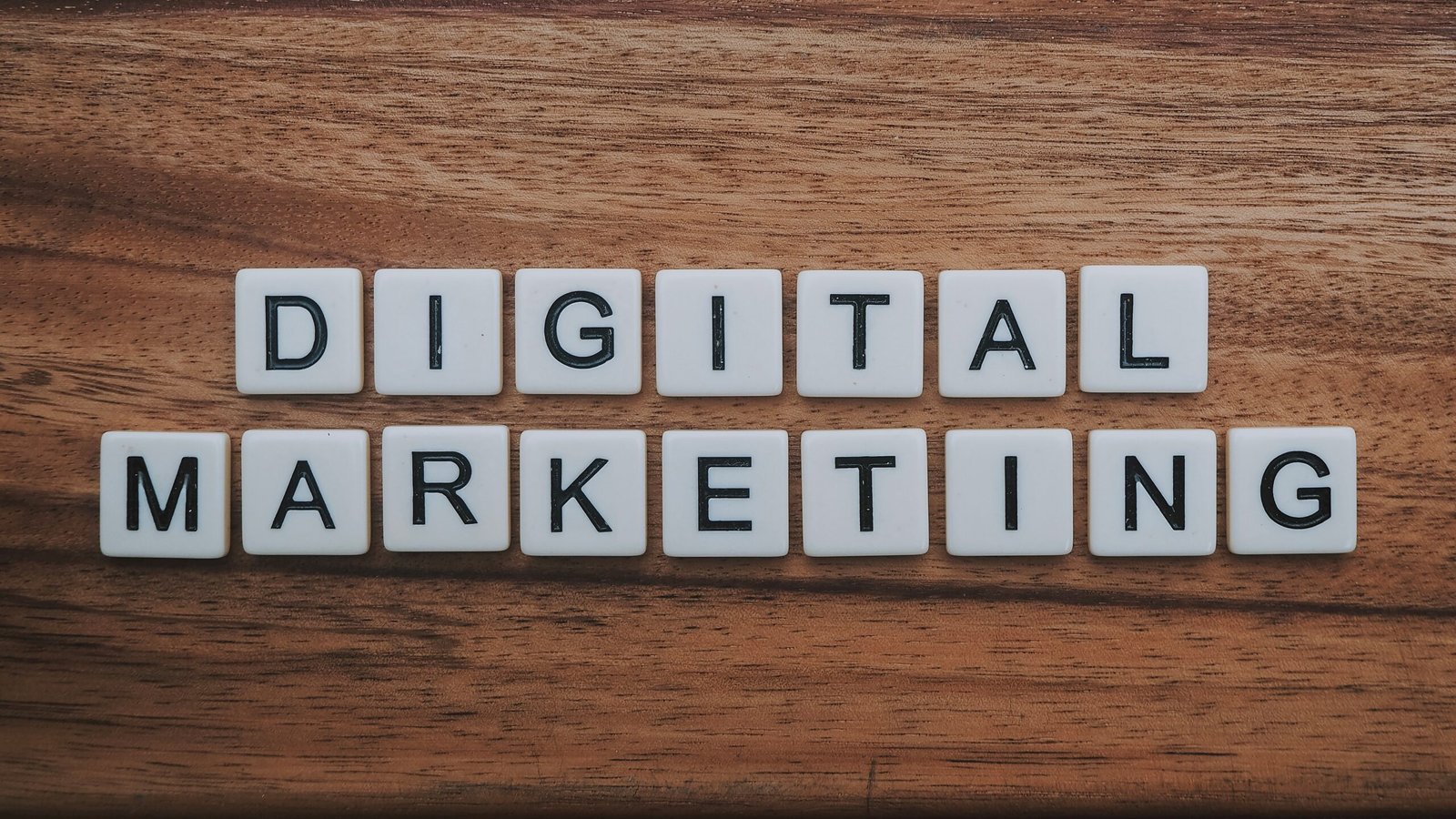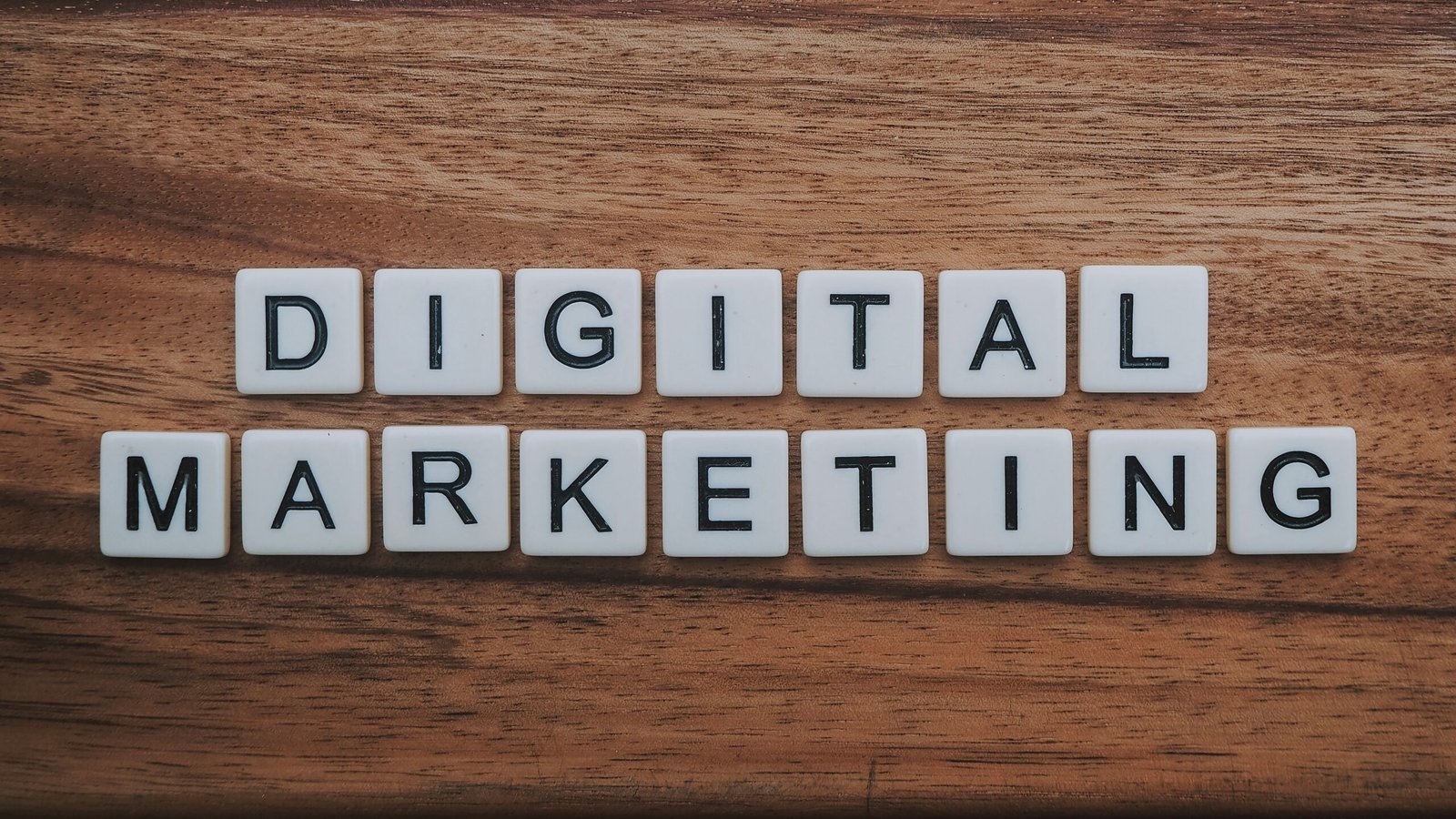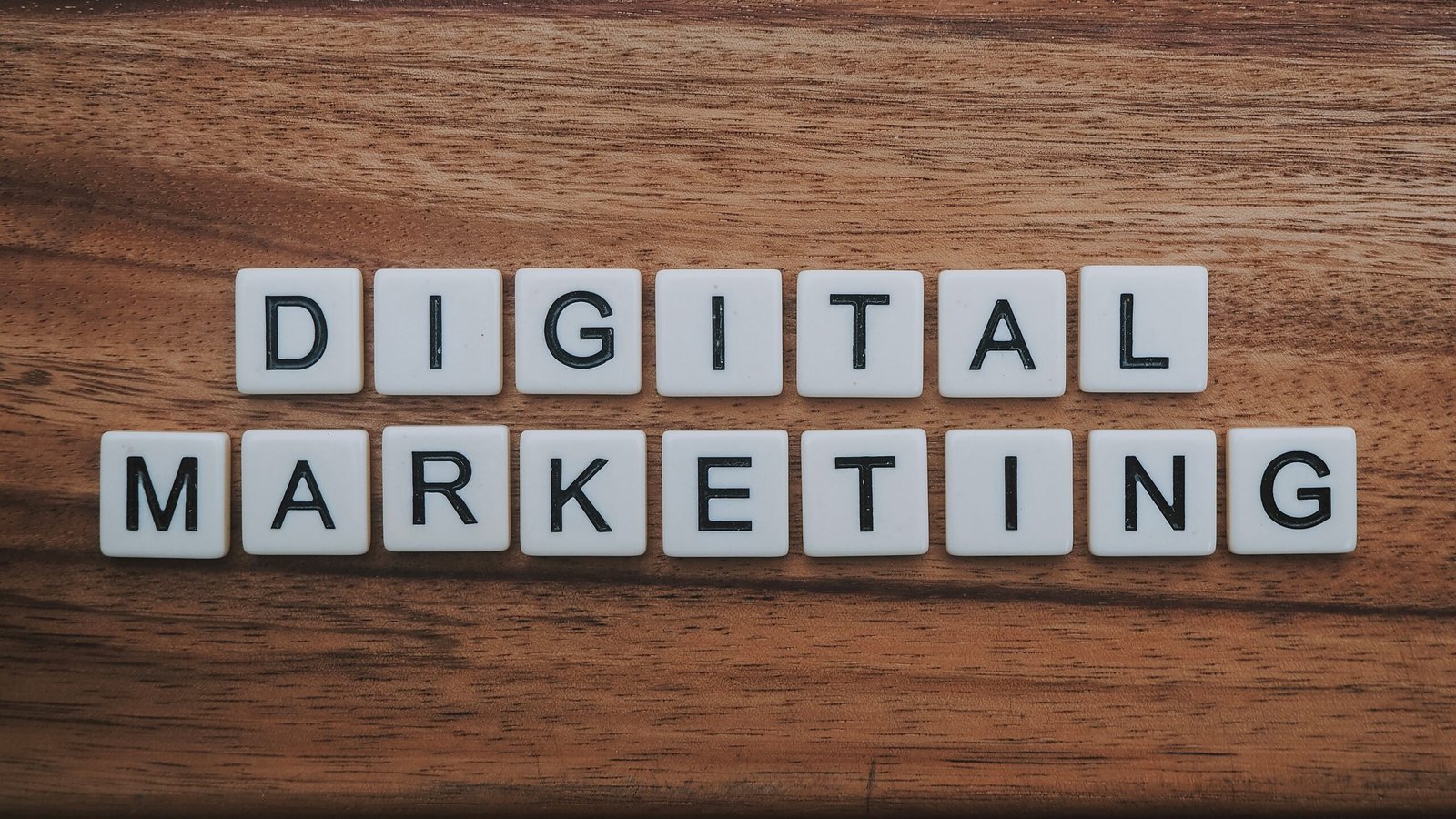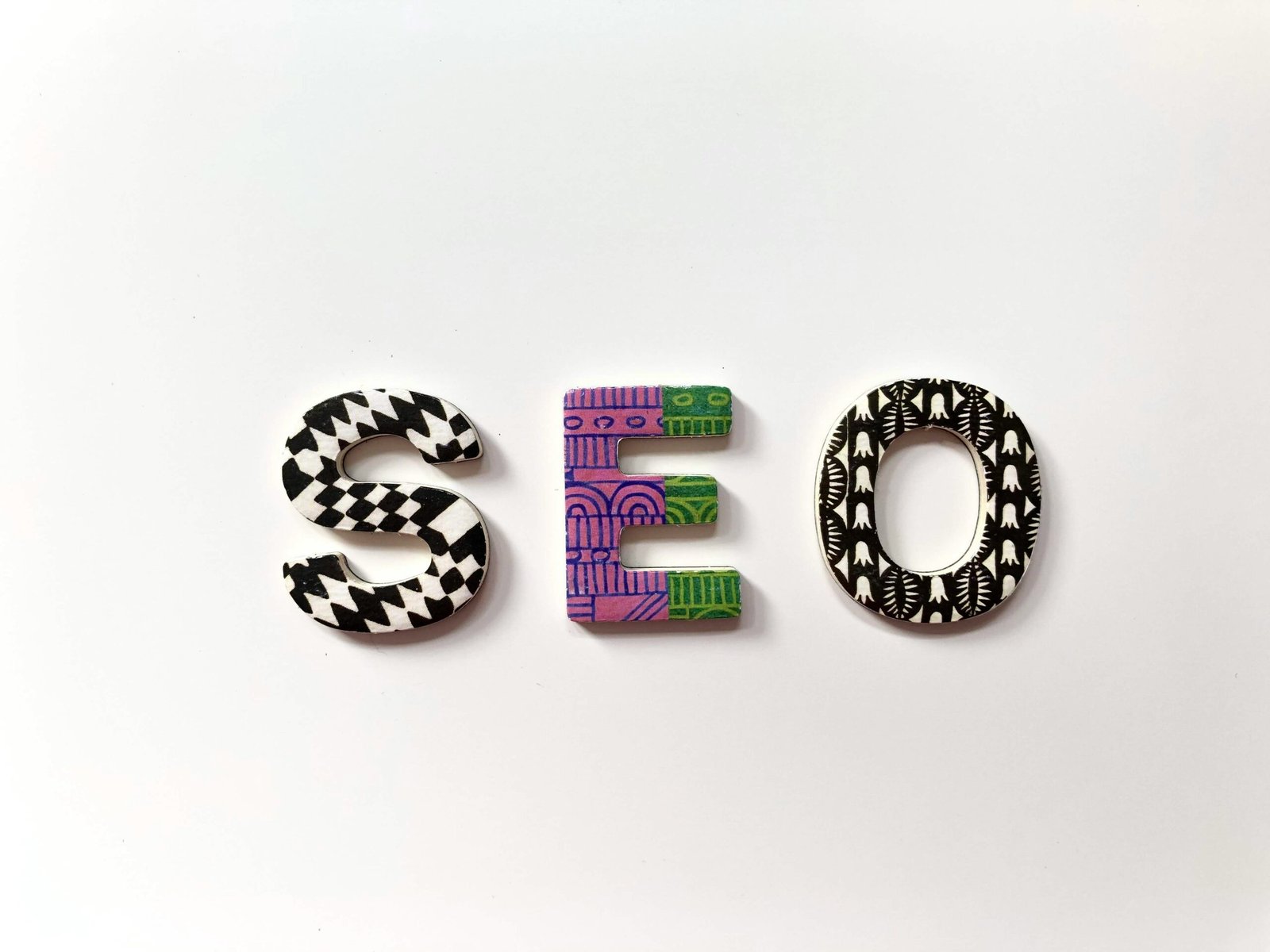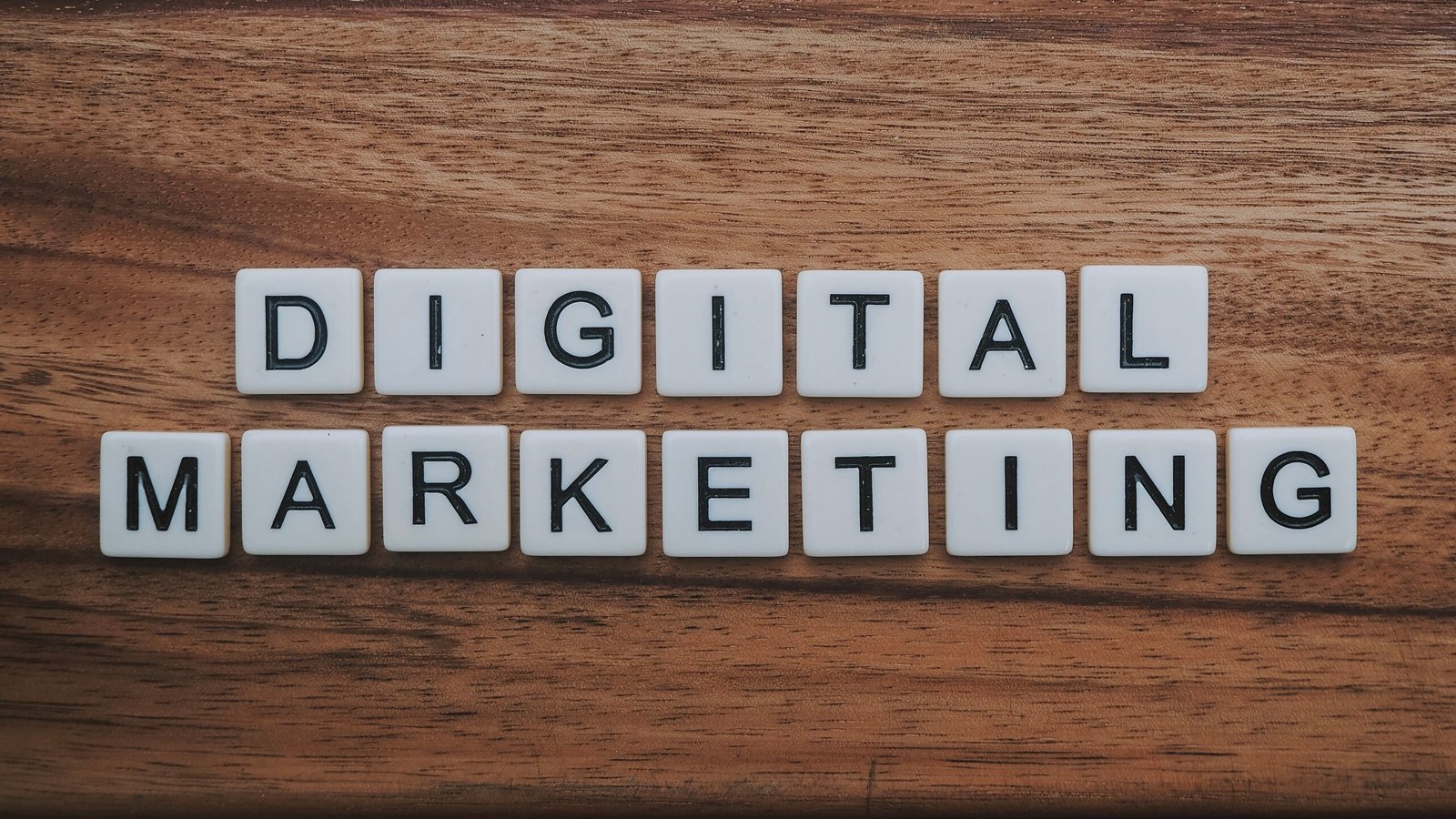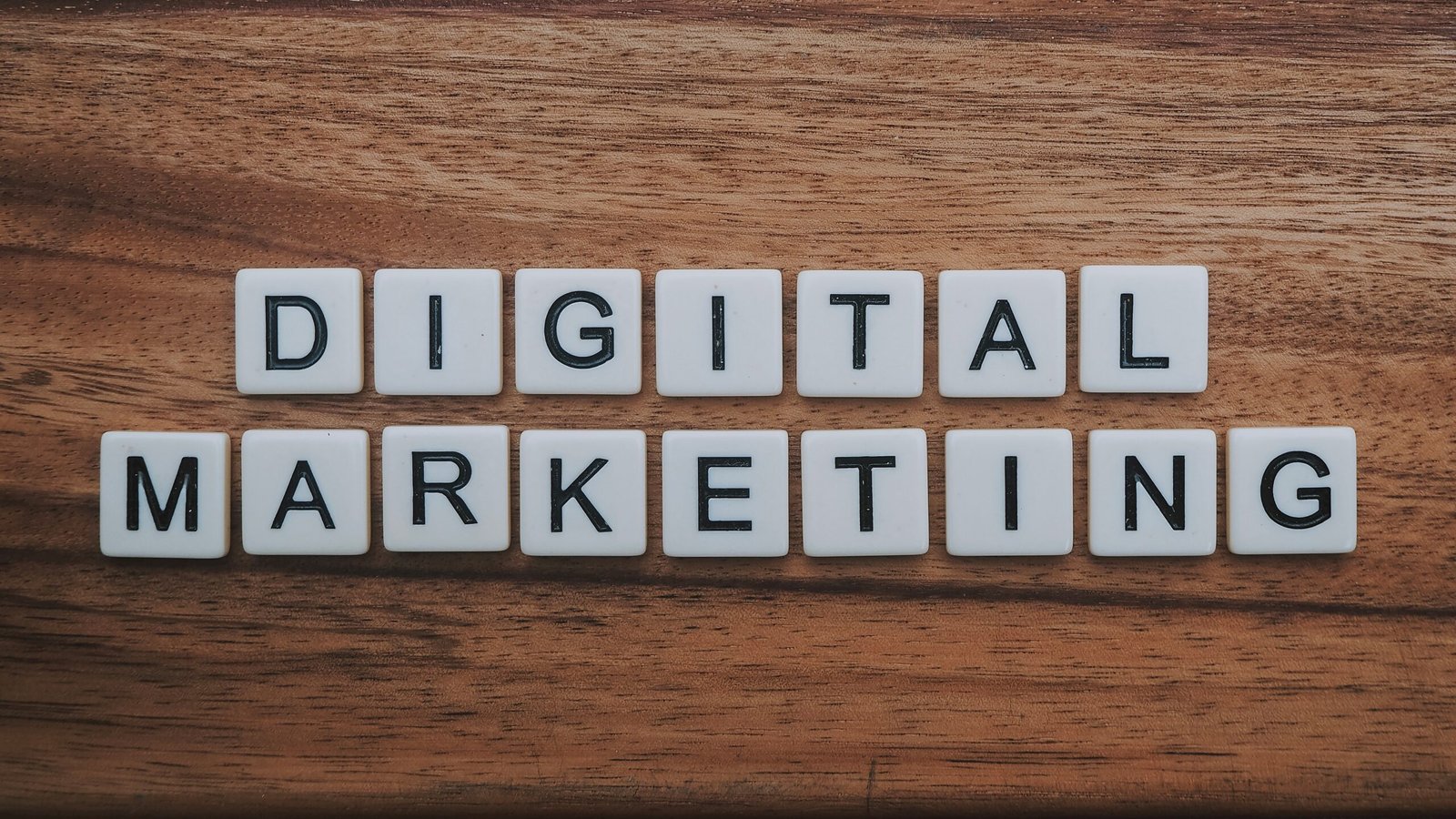Saudi Arabia’s Top Digital Marketing Agencies
“`html Introduction to Digital Marketing in Saudi Arabia Digital marketing in Saudi Arabia has experienced significant growth in recent years, driven by the Kingdom’s ambitious Vision 2030 plan. This comprehensive strategy aims to diversify the economy and reduce reliance on oil revenues, fostering a business environment that encourages innovation and technological advancement. As a result, businesses across various sectors are increasingly recognizing the importance of digital marketing to reach and engage their target audiences effectively. The digital transformation in Saudi Arabia is reshaping traditional business models, with companies investing in digital marketing strategies to enhance their online presence and compete in a rapidly evolving market. This shift is supported by the country’s impressive internet penetration rate, which stands at over 90%. The widespread availability of high-speed internet and mobile connectivity has made digital platforms an essential component of everyday life for Saudi citizens. Social media usage in Saudi Arabia is among the highest in the world, with platforms such as Twitter, Instagram, Snapchat, and TikTok enjoying substantial popularity. This trend presents a unique opportunity for digital marketers to leverage these platforms to create targeted campaigns that resonate with the local audience. By utilizing social media advertising, influencer partnerships, and content marketing, businesses can effectively engage with potential customers and build brand loyalty. In addition to social media, search engine optimization (SEO) and search engine marketing (SEM) are critical components of successful digital marketing strategies in the region. With a growing number of consumers turning to search engines to find products and services, businesses must optimize their online presence to rank highly in search results and attract organic traffic. This approach not only enhances visibility but also drives customer acquisition and retention. Overall, the digital marketing landscape in Saudi Arabia is poised for continued growth, supported by the government’s commitment to fostering a digital economy and the increasing adoption of digital technologies by businesses and consumers alike. As the market evolves, companies that invest in robust digital marketing strategies will be well-positioned to capitalize on the opportunities presented by this dynamic and rapidly expanding sector. Criteria for Evaluating Digital Marketing Agencies When selecting a digital marketing agency in Saudi Arabia, several critical factors must be considered to ensure alignment with your business’s unique needs and objectives. The first criterion is experience. An agency with a proven track record in the digital marketing landscape can offer invaluable insights and strategies tailored to your industry. Evaluating the range of services provided is equally crucial. A comprehensive suite covering SEO, PPC, social media marketing, content creation, and email marketing can offer a one-stop solution for your digital marketing needs. Another significant factor is the client portfolio. Reviewing past and current clients gives a clear picture of the agency’s capability to handle projects of varying scales and complexities. Additionally, industry expertise cannot be overlooked. Agencies specializing in your sector are more likely to understand the nuances and trends, providing a competitive edge. Therefore, it’s beneficial to choose a digital marketing agency that has demonstrated expertise in your specific industry. Technological capabilities are another key consideration. In today’s digital age, leveraging advanced tools and platforms can significantly enhance the effectiveness of your marketing campaigns. Hence, it’s essential to assess the agency’s proficiency with the latest technologies and their ability to apply these tools effectively. Customer reviews and testimonials can offer a wealth of information about the agency’s performance and reliability. Positive feedback from previous clients often indicates a high level of satisfaction and can provide reassurance regarding the agency’s service quality. Conversely, negative reviews or recurring complaints might be red flags worth investigating further. Ultimately, the chosen digital marketing agency should align with your business goals and values. A thorough evaluation using these criteria can help ensure a fruitful partnership that drives digital success in the competitive Saudi Arabian market. Leading Digital Marketing Agencies in Riyadh Riyadh, the capital of Saudi Arabia, hosts an array of digital marketing agencies that excel in delivering cutting-edge solutions for businesses. Among these, UTURN, Socialeyez, and Webedia Arabia have emerged as top contenders, each bringing unique strengths to the competitive landscape. UTURN is a pioneer in digital content creation and distribution. Known for its innovative approach, UTURN specializes in producing engaging video content that resonates with the Saudi audience. This agency has garnered a reputation for its creative storytelling and has successfully partnered with major brands such as Pepsi and STC to execute viral campaigns. UTURN’s ability to blend cultural relevance with digital trends sets it apart from other agencies. Socialeyez focuses on social media management and influencer marketing. Their expertise lies in crafting tailored social media strategies that drive engagement and brand loyalty. Socialeyez has collaborated with notable clients like Almarai and Mobily, demonstrating their proficiency in managing large-scale social media campaigns. By leveraging data-driven insights and cutting-edge tools, Socialeyez ensures that their clients’ social media presence is both impactful and sustainable. Webedia Arabia offers a comprehensive suite of digital marketing services, including content creation, SEO, and digital advertising. This agency stands out for its ability to integrate various digital channels into a cohesive strategy that maximizes reach and ROI. Webedia Arabia has successfully executed campaigns for high-profile clients such as L’Oréal and Carrefour, showcasing their versatility and strategic acumen. Their focus on delivering measurable results through innovative digital solutions has cemented their reputation in the industry. In the dynamic and rapidly evolving market of Riyadh, these agencies exemplify excellence in digital marketing. UTURN, Socialeyez, and Webedia Arabia each bring distinct strengths that cater to diverse marketing needs, making them the go-to choices for businesses aiming to enhance their digital footprint in Saudi Arabia. Top Digital Marketing Agencies in Jeddah Jeddah, a bustling hub of commerce and culture in Saudi Arabia, is home to some of the nation’s most influential digital marketing agencies. These agencies have played a pivotal role in shaping the digital landscape of the city, offering a plethora of services ranging from social media management to search engine optimization (SEO) and beyond. Among the top
Saudi Arabia’s Top Digital Marketing Agencies Read More »
